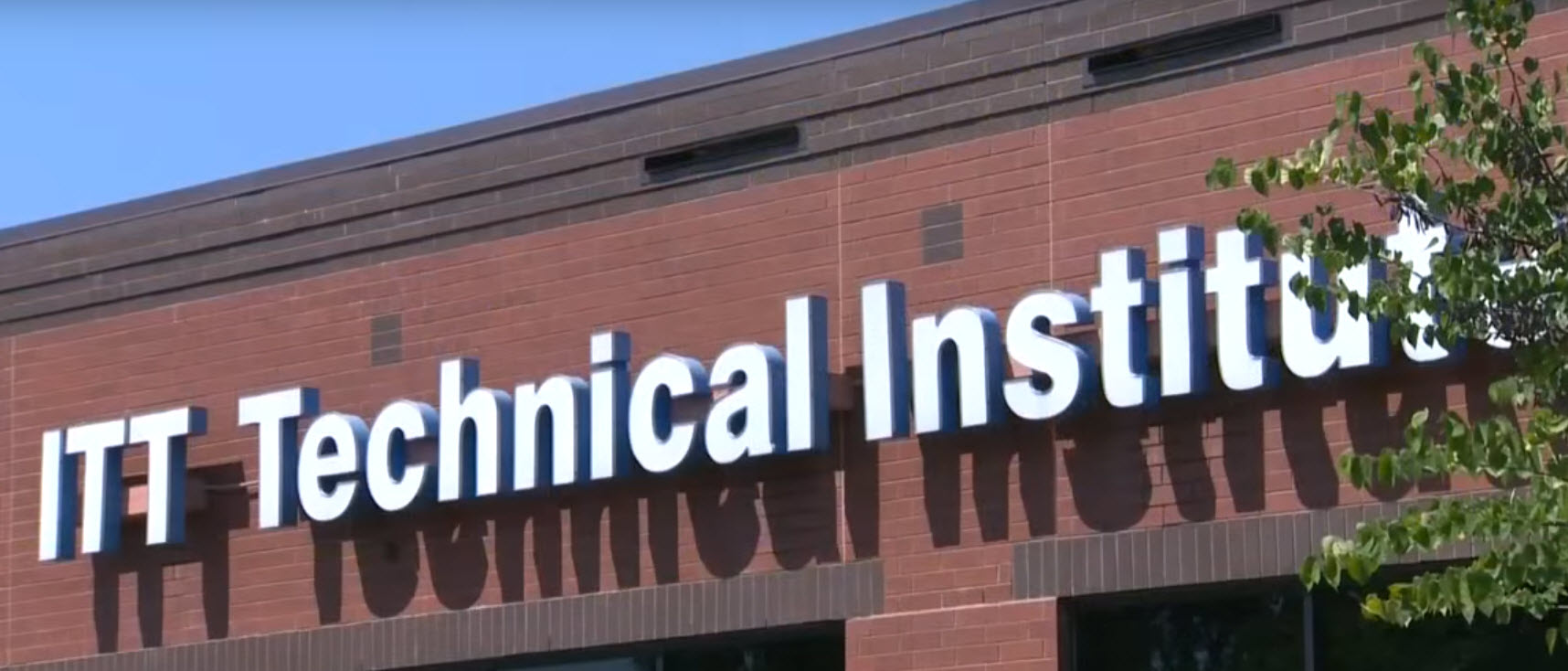 Upon the Department of Education’s decision to bar ITT Technical Institute from receiving Federal Student Aid, namely, Student Loans and Grants, ITT announced the closing of its Campuses.
Upon the Department of Education’s decision to bar ITT Technical Institute from receiving Federal Student Aid, namely, Student Loans and Grants, ITT announced the closing of its Campuses.
The focus of the Department of Education investigation of ITT was related to what is referred to as the Gainful Employment Rule. The Departments Gainful Employment Rule mandates that in order for an Institution to continue receiving such Federal Aid and Sanction, the Institution must maintain at least at 70% retention and placement rate.
Such a mandate is only exercised against For-Profit Colleges, which places the State Colleges at a distinct advantage. The For-Profit Colleges, in particular the two year Colleges that provide programs in such programs as Nursing, Diesel Mechanic, Electricians and similar blue collar professions, often have open admissions programs, and Students who are often look upon as less desirable by the State Colleges because of academic performance as measured by the Standards determined by the Public Education System, and other criteria, such as the generally lower economic position of its Students.
Although the For-Profit Colleges have arguably a harder job of meeting such mandates as the Gainful Employment Rule, such standards are not exercised against the Public Colleges.
It cost, according to my research, about $40,000 to attend a two year program at ITT Technical. Approximately 90% of the Revenue generated by ITT was through securing Federal Student Loan monies through its Students.
The greater disease is that the Secondary Education provided to most of the Student enrolled in the United States, for many decades has been increasing in cost at a rate much greater than inflation, and currently decreasing in quality and the benefits it provides its Students.
The primary cause of this disease is government involvement in Secondary Education, including its participation in funding and guaranteeing Student Loans. Cato Institute Economist Neal McCluskey states plainly:
“The basic problem is simple: Give everyone $100 to pay for higher education and colleges will reduce their prices by $100, negating the value of the aid. And inflation adjusted aid—most of it federal—has certainly gone up, ballooning from $4,602 per undergraduate in 1990-1991 to $12,455 in 2010-2011”.
The classic spiral of increasing prices created by government intervention can be found in the Secondary Education Market, as it can be found in the cost of Medical Treatment, and in the Housing Market, and its subsequent crash in 2005. Government subsidies raise prices of Goods, which lead to higher subsidies, and subsequently higher prices.
To expand on the example posed by Mr. McCluskey, if the average Student is able to pay $400 per month directly from his or her Savings or Income, and the Federal Government subsidizes the same average Student in the amount of $400 per month, the cost of the Students enrollment will balloon to $800 per month.
It should be no surprise the cause of the escalating cost of not only Secondary Education, but also the cost of Medical Treatment, in the United States.
Government subsidy of Student Loans not only has lead to large increases in Cost, but also has removed or lessened the incentives for many of these Institutions to provide a quality Product in the form of a Secondary Education. Political Cronyism, and its alignment with Public Institutions of Secondary Education, has also contributed to these concurrent factors.
In our scenario, say that the average Student in the United States, through his or her own Savings and Income, is able to pay $400 per month in furtherance of such Secondary Education. In this scenario, there is no government intervention or subsidy of Education. In such an instance, any Entity seeking to provide a Secondary Education Program to Student must create a business model that could adequately provide such Education within the confines of a $400 per month budget.
Secondarily, the Consumer or Student, because her or she is directly spending his or her own resources in the pursuit of a Secondary Program, will exercise more caution in his or her choices. The Consumer is more inclined to question what value her or she will receive in return for his or her investment. What is the quality of the program offered? What is the likelihood I will receive upon graduation, an economic benefit from my Degree?
I believe University of Chicago Economist Milton Friedman once gave this example. One is most cautious and seeks the greatest value when he expends his own resources. One is less cautious and seeks lesser value when he expends the resources of another. One is least cautious and seeks the least value when he expends the resources of an unknown entity.
However, the entity is not unknown. The entity is the United States Taxpayer. The United States Taxpayer receives the least value from his or her payment of taxes that are funneled into Student Loans, Grants and other Subsidies.
For the Taxpayer, Community Colleges do not greater value for his or her investment. The cost of the Education is simply hidden behind greater public subsidies than received by the For-Profit Institutions.
Image credit: YouTube

